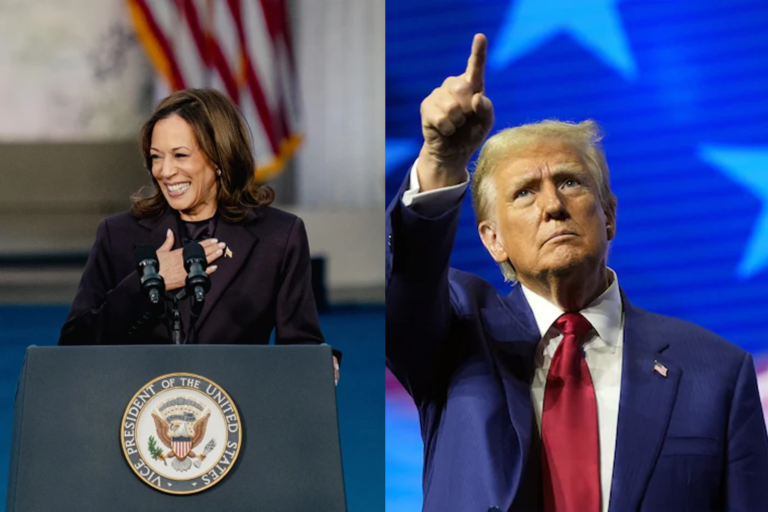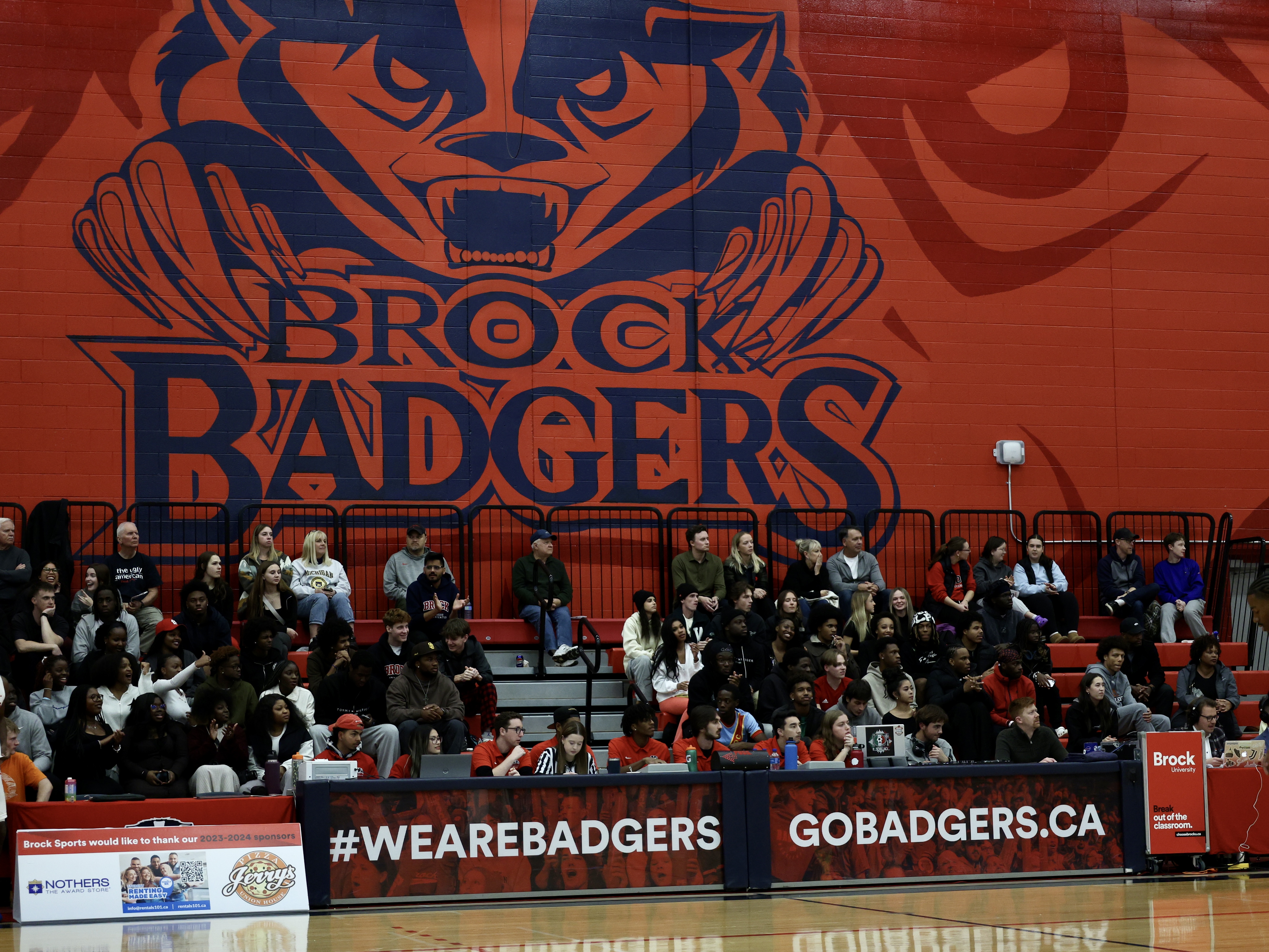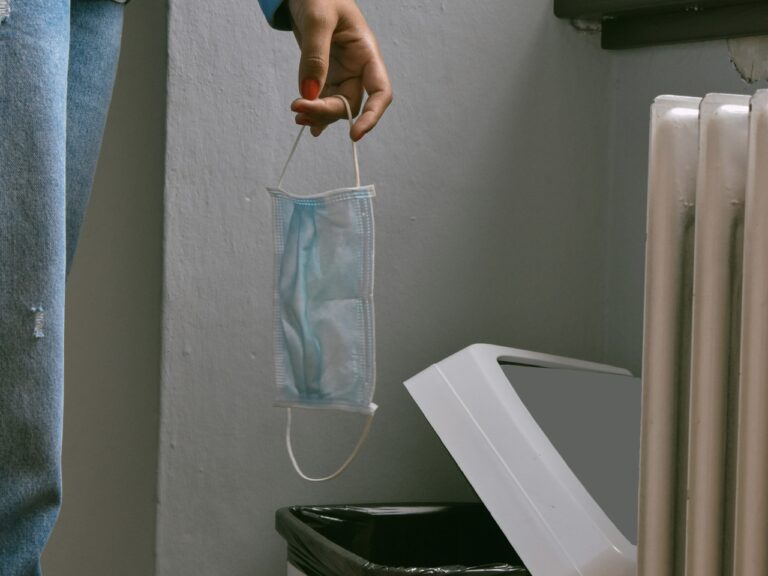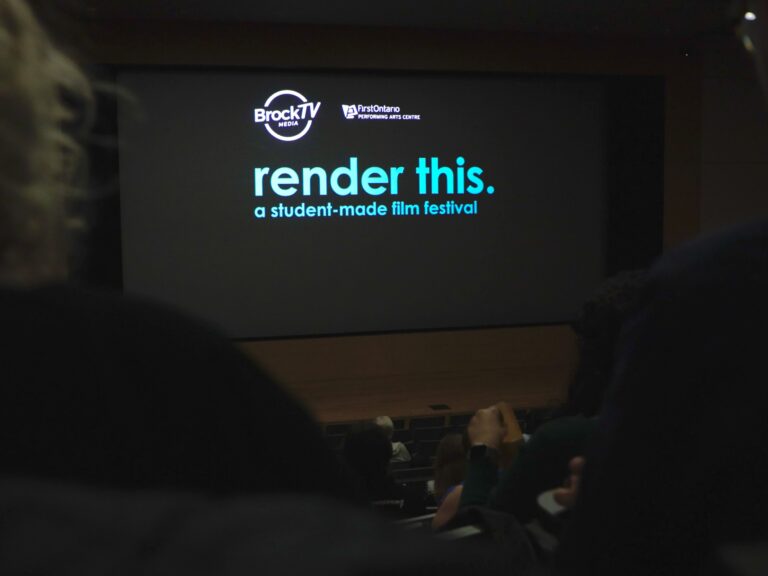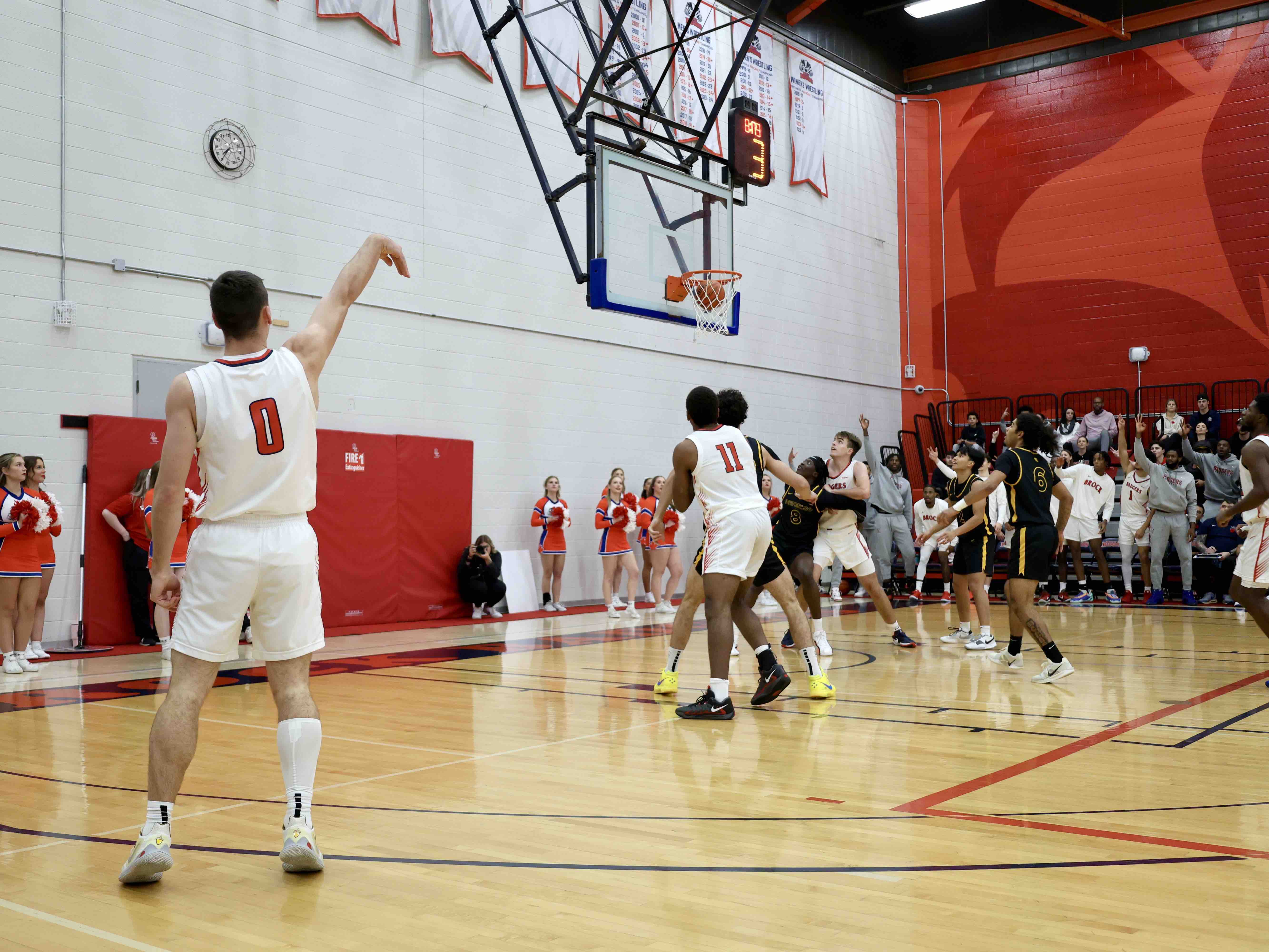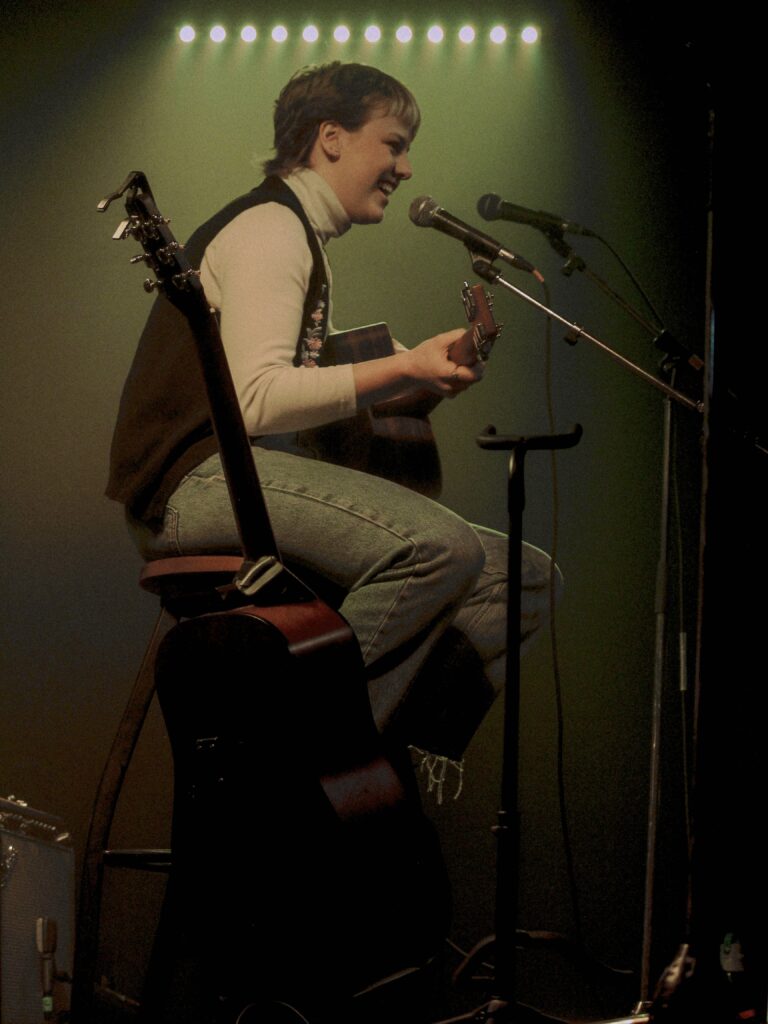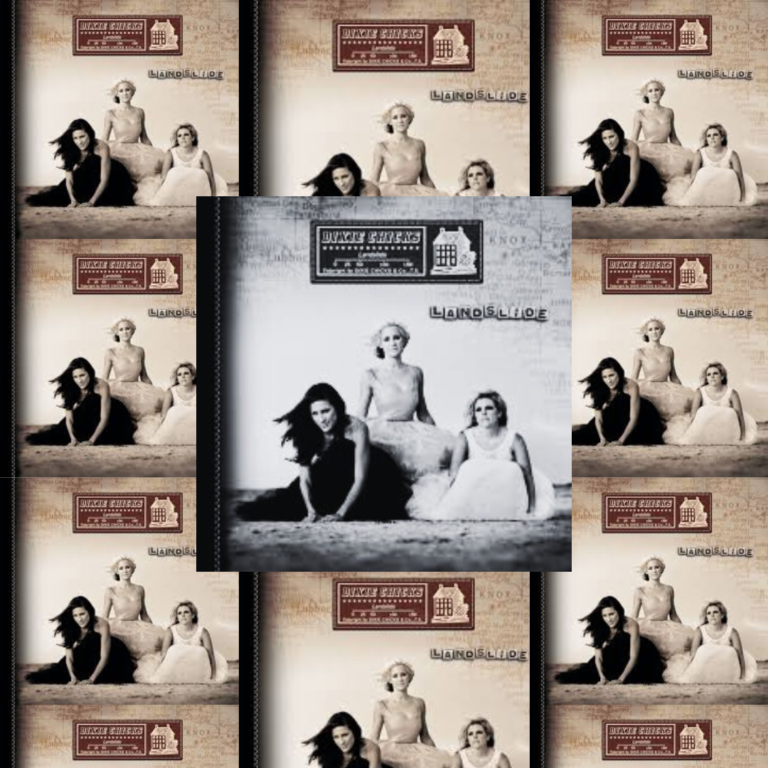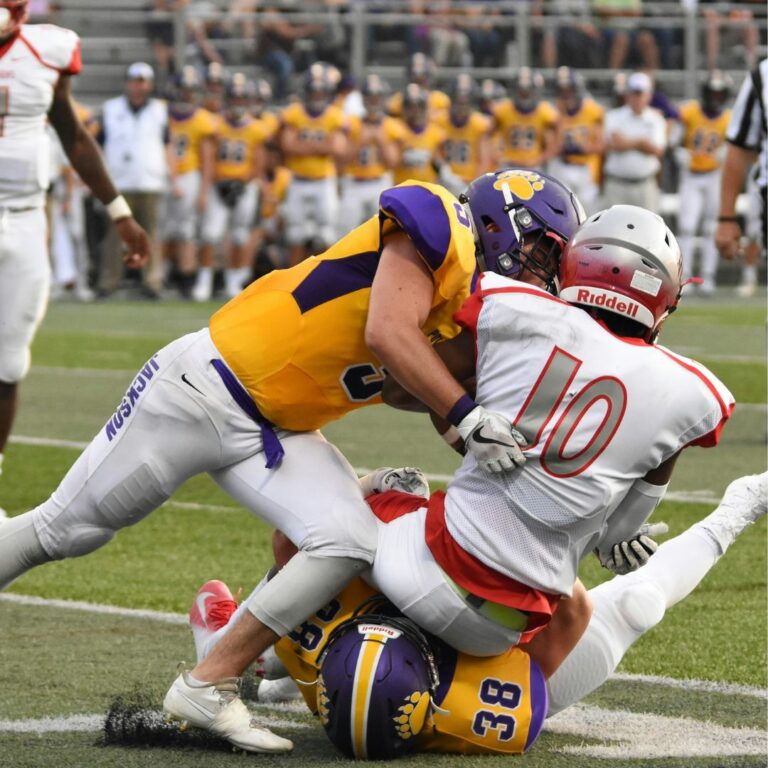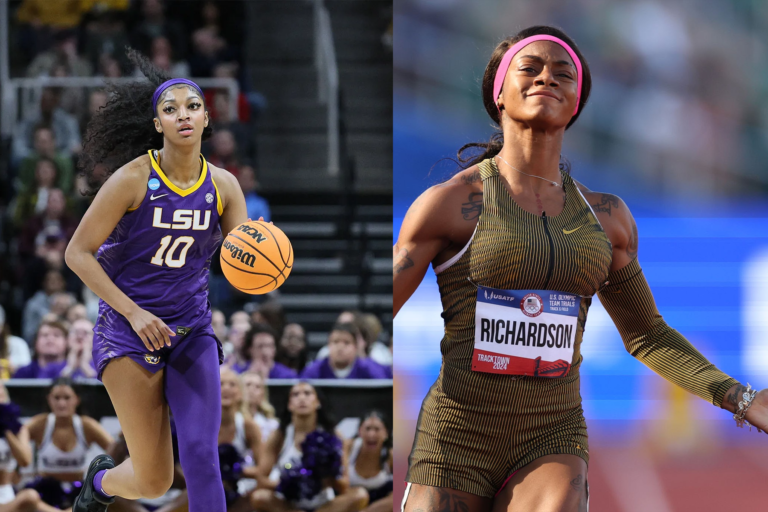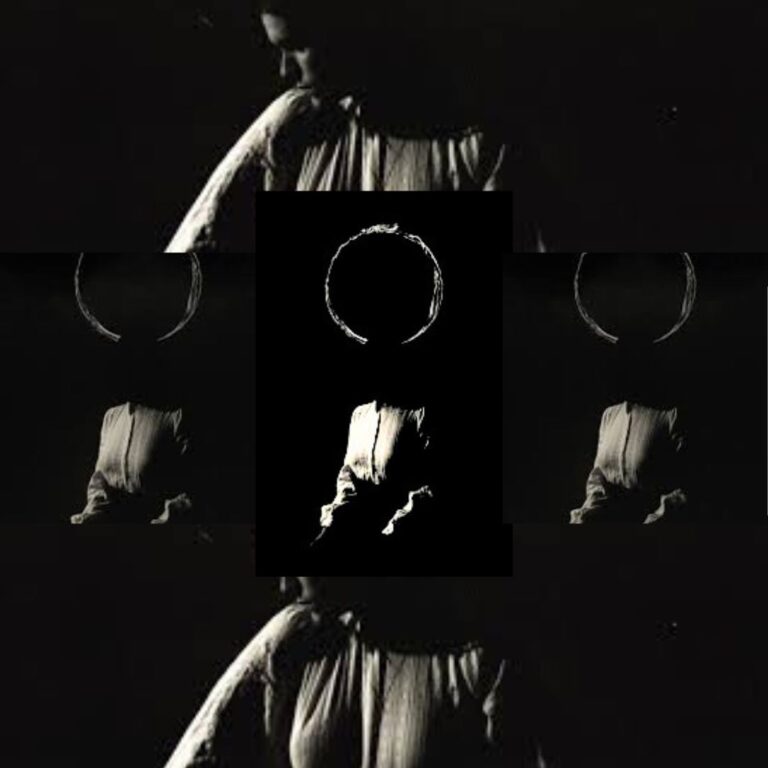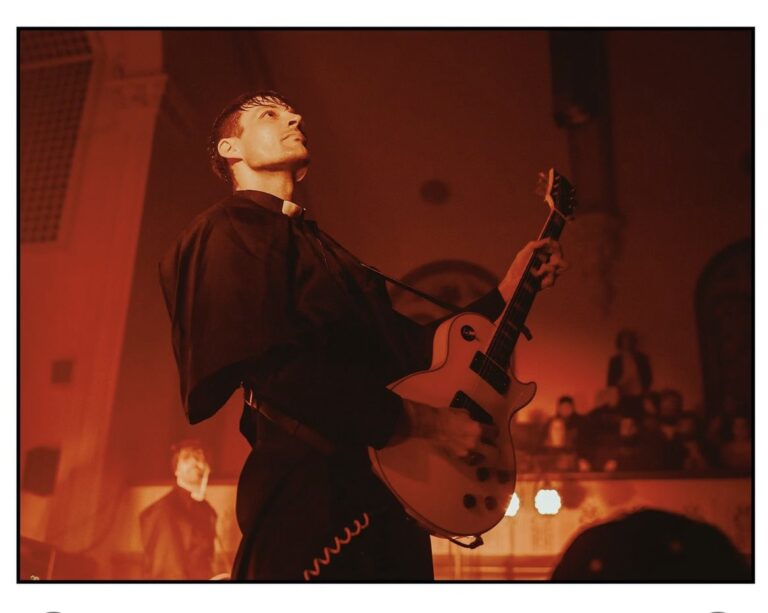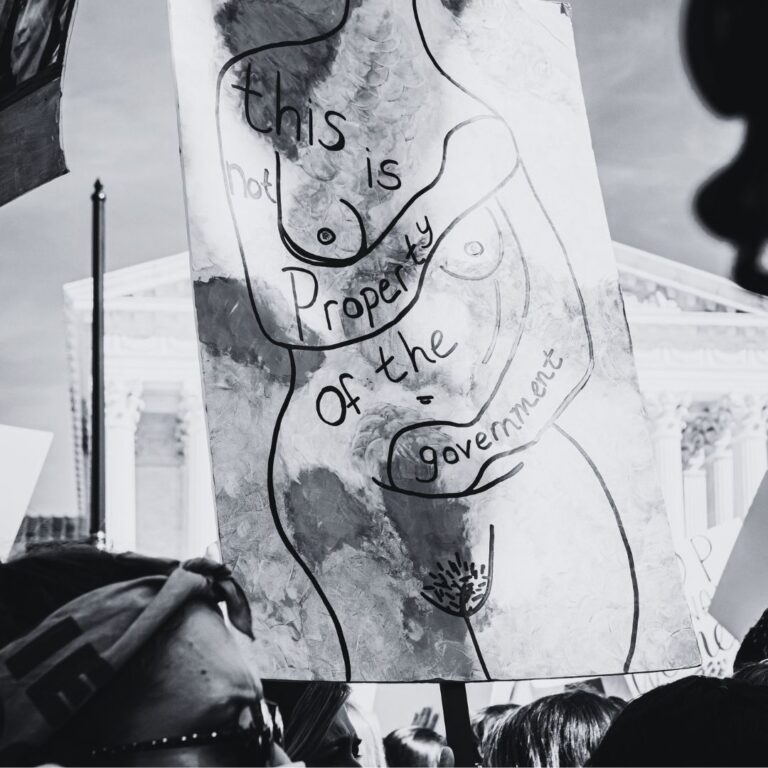After years of waiting to watch Canada’s hockey superstars compete against the world’s top talents in a best-on-best tournament, the 4 Nations Face-Off is under three months away with Canada set to open their tournament against Sweden on Feb. 12. The only question that remains is which players will be suiting up in red and white come February, and which players will miss the cut on a very talented roster.
Here are my predictions on which players will be representing Canada at the 4 Nations Face-Off, ahead of the roster announcement on Dec. 4.
Forwards:
Zach Hyman – Connor McDavid – Mitch Marner
It should come as no surprise that Connor McDavid, the undisputed best player in the world, will be centering Canada’s top line, but his wingers may be shocking to some.
There has been quite the debate in the hockey world whether Zach Hyman is worthy of playing on McDavid’s wing for Canada, let alone making the roster, but Hyman is slotted on McDavid’s left side in my lineup. Their chemistry and familiarity as linemates on the Edmonton Oilers will be valuable for a quick tournament, especially since there won’t be much practice time in the lead up to and during the competition.
The Oilers duo have a combined 629 points in 243 games together since Hyman joined the Oilers ahead of the 2021-22 season, while Hyman’s intensive forecheck compliments McDavid well, as the three-time Hart Trophy winner has a higher point per game (1.69) when playing with Hyman than he does without him (1.41).
Joining the two 50-goal scorers is Mitch Marner, who brings strong playmaking abilities that should complement the speed and skill of McDavid and the gritty Hyman. The Maple Leafs forward has registered 85 or more points in each of the last three seasons and brings a ton of special teams experience, running the Leafs’ powerplay that’s finished top seven in the league in each of the last two years while the penalty kill currently ranks eighth to begin this season.
Sam Reinhart – Nathan MacKinnon – Brayden Point
Canada’s second line is fueled by skill and speed that should create havoc amongst the other teams’ defenders.
All three players finished within the top eight in the league in goals scored last season, as Sam Reinhart led all Canadian-born players with 57 goals — which was second-most in the league — and is tied for the league-lead in goals this season with 13.
Nathan MacKinnon finished second in points with 140, en route to winning the Hart Trophy as the league’s Most Valuable Player and currently leads the league with 33 points to begin the 2024-25 season.
Brayden Point is also off to a phenomenal start, scoring goals in the biggest moments. He is tied for second with five powerplay goals in only 12 games this season, after scoring 15 powerplay markers a season ago, to go along with a league-high 12 game-winning goals last season.
The trio are also recent Stanley Cup winners, with Point hoisting the cup in 2020 and 2021 with the Lightning, MacKinnon in 2022 with the Avalanche, and Reinhart winning last season with the Panthers, as they know what it takes to get the job done on the grandest of stages.
Brad Marchand – Sidney Crosby – Mark Stone
The projected third line for Canada also brings winning pedigree, as Brad Marchand, Sidney Crosby and Mark Stone have a combined five Stanley Cup wins plus eight total Stanley Cup appearances.
Their veteran experience will be vital for team Canada, slated to play in a shutdown role, looking to lock down their opponents’ top guys like Auston Matthews (U.S.A.), Aleksander Barkov (Finland) and Filip Forsberg (Sweden).
Crosby and Marchand have experience playing together after leading Canada to gold at the 2016 World Cup of Hockey — the most recent best-on-best men’s hockey tournament — while Stone was the assistant captain of Canada’s gold medal winning team at the 2019 IIHF World Hockey Championships, scoring 14 points in 10 games.
Off the ice, all three guys are captains of their club teams and bring a wealth of leadership experience to a Canadian side that’s fueled by players making their best-on-best international debut.
Matthew Barzal – Nick Suzuki – Connor Bedard
For all the reasons why the third line was selected, the fourth line is the total opposite.
None of these guys have won anything yet, nor do they have big titles or trophies to their names. But what they do have is young, exciting potential, especially as General Manager Doug Armstrong and his staff — which includes Brock graduate Kyle Dubas — look to develop and evaluate players ahead of the 2026 Winter Olympics and beyond.
Connor Bedard, the coveted first overall pick from a season ago, hailed as the “next Connor McDavid,” is averaging a point per game on a bad Chicago Blackhawks team, and has the capability to make an impact against the world’s best after scoring a tournament-record 23 points in only seven games at the 2023 IIHF World Junior Hockey Championship.
Matthew Barzal has shown his playmaking abilities after leading the New York Islanders with 80 points last season, while Nick Suzuki’s two-way game provides versatility for head coach Jon Cooper in trusting the Canadiens captain in different situations on the ice.
The fourth line should bring a burst of excitement, and as seen in tournaments of the past, could be a key difference maker in Canada’s success in Montreal and Boston.
Extra: Steven Stamkos
Having Steven Stamkos as an extra forward is a compliment to the tremendous depth that Canada has. The 34-year-old Markham native is a two-time Stanley Cup Champion with the Tampa Bay Lightning and was on the Canadian squad that placed first in Toronto at the World Cup of Hockey.
He is also a defiant powerplay scorer, having scored 217 powerplay goals since he entered the league in 2008, which ranks second to only Alex Ovechkin. His goal-scoring capabilities and veteran experience is the perfect option off the bench, should head coach Jon Cooper look for a spark.
Defenceman:
Devon Toews – Cale Makar
One of the few locks on this roster is Canada’s top defence pairing. The Avalanche duo have been a staple on the Colorado blueline since the 2020-21 season and complement each other’s style of play well.
Makar isn’t afraid to jump into the play, knowing that Toews provides reliable and sturdy defence that allows the 2021-22 Norris Trophy winner, the ability to support the offence — which he continues to do remarkably well.
The Calgary native recorded a career-high 69 assists and 90 points a season ago and is on pace to smash those totals this season. The 26-year-old is tied for seventh in the league with 25 points and his 19 assists rank fourth.
He is also a lethal powerplay facilitator, ranking second in the league with 10 powerplay assists and is likely to run the top Canadian unit that is set to feature some of the world’s greatest players.
Shea Theodore – Alex Pietrangelo
Shea Theodore and Alex Pietrangelo are no stranger to big time hockey, playing in Bruce Cassidy’s rough and tough system in Vegas which should serve them well for the international game.
The duo are the two most experienced defencemen on the projected roster, playing in 513 and 1,033 NHL games respectively, combining for 936 points. They’re also familiar with the bright lights, winning a combined three Stanley Cups — one for Theodore and two for Pietrangelo — while making the playoffs in six of the last seven seasons.
Their heavy brand of hockey matches up well against the top lines of Canada’s opponents as Jon Cooper will use their size, strength and toughness to protect the Canadian crease.
Noah Dobson – Evan Bouchard
The third pairing took some thinking, but Noah Dobson and Evan Bouchard get the nod given their offensive capabilities and future potential with team Canada.
There’s no denying that they aren’t the most trustworthy defencemen in the defensive zone and may give Jon Cooper a heart attack once or twice, but the goal scoring threat they possess and their ability to jump into the rush can’t be understated on a team that needs puck moving defencemen to complement their high-flying offence.
Bouchard is no stranger to moving the puck, quarterbacking the Oilers’ powerplay which ranked top four in the league in each of the last two seasons, including second in last season’s playoffs, while Noah Dobson registered 70 points a year ago — second-most on the Islanders — which includes 23 assists on the man advantage.
Extra: Josh Morrisey
Josh Morrisey could easily make a case to be in Canada top six and could very well find himself as one of the top guys as the tournament progresses. The Winnipeg Jets defender is off to a great start this season, ranking first on the team with 15 assists and fourth in points with 17.
Defensively, Morrisey has played a big part in the Jets’ 14-1 start to the season, which is the best start in NHL history, while allowing only 2.39 goals per game, which is third-best in the league.
Goaltenders:
Jordan Binnington, Logan Thompson, Marc-Andre Fleury
Canada’s goaltending situation is a bit worrisome to Canadian hockey fans, as Canada lacks that number one option that the other three countries have, which should bring some competition heading into the tournament.
Jordan Binnington seems like the top option as of now, but the 2019 Stanley Cup Champion has had an up-and-down career since entering the league. The King City native went 28-21-5 last season, with a 2.84 goals against average and a .913 save percentage, but is off to a slow start in 2024, losing seven of his 13 starts and allowing 3.20 goals per game.
Challenging Binnington for the starting job is likely Logan Thompson, who’s off to a flying start this season. The former Brock Badgers netminder is 7-0-1, allowing 2.66 goals per game and registering a .906 save percentage. The main pitfall for Thompson is that he isn’t even the number one option on his team, competing with Charlie Lindgren for the Washington Capitals top spot, which could affect his consideration for the job.
Rounding out the goaltenders is Marc-Andre Fleury, given his experience on hockey’s biggest stages. The Flower is a three-time Stanley Cup Champion with the Pittsburgh Penguins and won a gold medal for Canada at the 2010 Winter Olympics. While the 39-year-old goaltender has only played in four games with the Minnesota Wild this season, boasting a 3-0-1 record, the future Hall of Famer could resort back to his winning ways if called upon and end his career adding another title to his trophy case.
—
Keep up to date on everything 4 Nations Face-Off by following The Brock Press all tournament long for news and analysis.
Disclaimer: All team and player stats are as of games played on Nov. 16.






